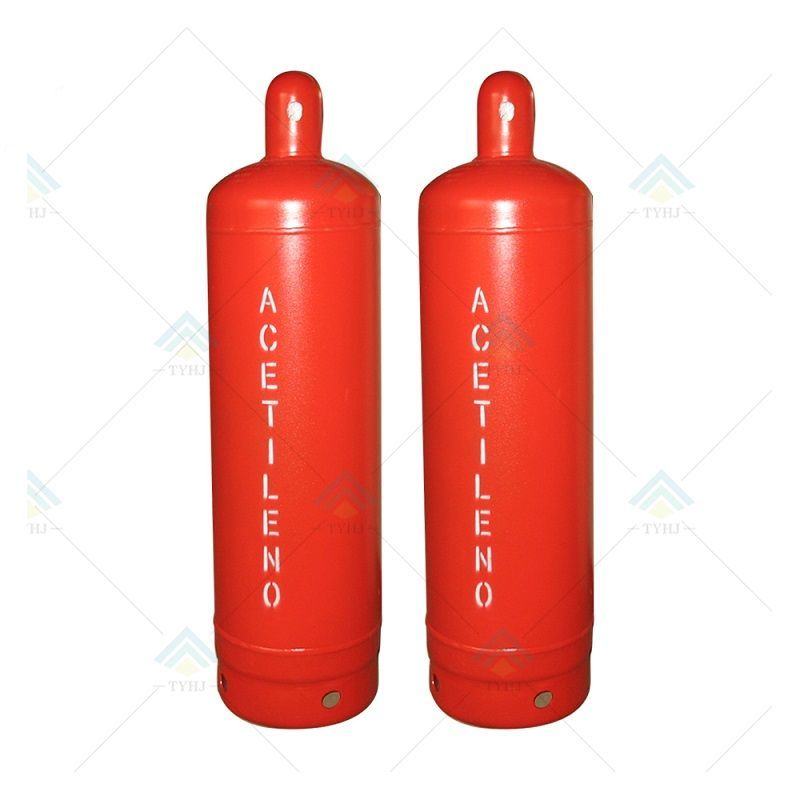The Versatility of C2H2 Industrial Gas
Acetylene, with its chemical formula C2H2, is a remarkable industrial gas that has found extensive utility across numerous sectors. Its unique properties and versatile applications make it an indispensable resource in industrial operations. In this article, we delve into the world of C2H2 industrial gas, exploring its characteristics, uses, and the myriad benefits it brings to various industries.
The Chemistry of C2H2
Acetylene, also known as ethyne, is a hydrocarbon gas comprising two carbon atoms and two hydrogen atoms (C2H2). It's highly flammable and possesses a distinctive, slightly sweet odor. Acetylene is primarily colorless and is slightly lighter than air. It is a fundamental molecule in organic chemistry, known for its triple carbon-carbon bond.
Production of C2H2
C2H2 is not naturally occurring in substantial quantities. It is manufactured through a process called thermal cracking of hydrocarbons. During this process, hydrocarbons are subjected to high temperatures, resulting in the formation of acetylene as a byproduct.
Industrial Applications
Welding and Cutting
C2H2 is perhaps best known for its role in oxyacetylene welding and cutting processes. When acetylene combines with oxygen in the right proportion and is ignited, it generates an incredibly hot flame, making it ideal for welding, cutting, brazing, and soldering various metals. The intense heat produced by the acetylene-oxygen flame allows for precise and efficient metalwork.
Chemical Synthesis
Acetylene is a crucial raw material in chemical synthesis. It serves as the precursor for various important chemicals, including vinyl chloride, acrylonitrile, and acetaldehyde. These chemicals are vital in the production of plastics, synthetic rubber, and many other products used in daily life.
Lighting
Before the advent of electric lighting, acetylene gas was widely used in lamps for illumination. Calcium carbide, a compound produced from acetylene, reacts with water to release acetylene gas, which was then burned to produce a bright, white light. Although less common today, acetylene lamps are still used in certain niche applications.
Metal Hardening
In some industrial processes, acetylene is employed for metal hardening. When acetylene is applied to the surface of certain metals and ignited, it creates a carbon-rich flame that can harden the metal's surface, enhancing its durability and wear resistance.
Safety Considerations
Due to its highly flammable nature, C2H2 should be handled with care. It is typically stored and transported dissolved in a solvent such as acetone within specialized cylinders designed to prevent decomposition due to shock or pressure changes. When used in welding and cutting applications, proper safety measures, including appropriate personal protective equipment and ventilation, are essential.
Environmental Impact
The use of acetylene in various industrial processes can have environmental implications. The production of acetylene itself requires energy, and its combustion generates carbon dioxide (CO2). Industries are continually working on optimizing their processes to reduce emissions and improve energy efficiency.
In conclusion, C2H2, or acetylene, is a versatile industrial gas with a wide range of applications across different industries. Its unique properties, including its high flammability and high heat production, make it a valuable resource in welding, cutting, and chemical synthesis. While it comes with safety considerations and environmental impact, the benefits of using acetylene in these applications cannot be overlooked.


Comments
0